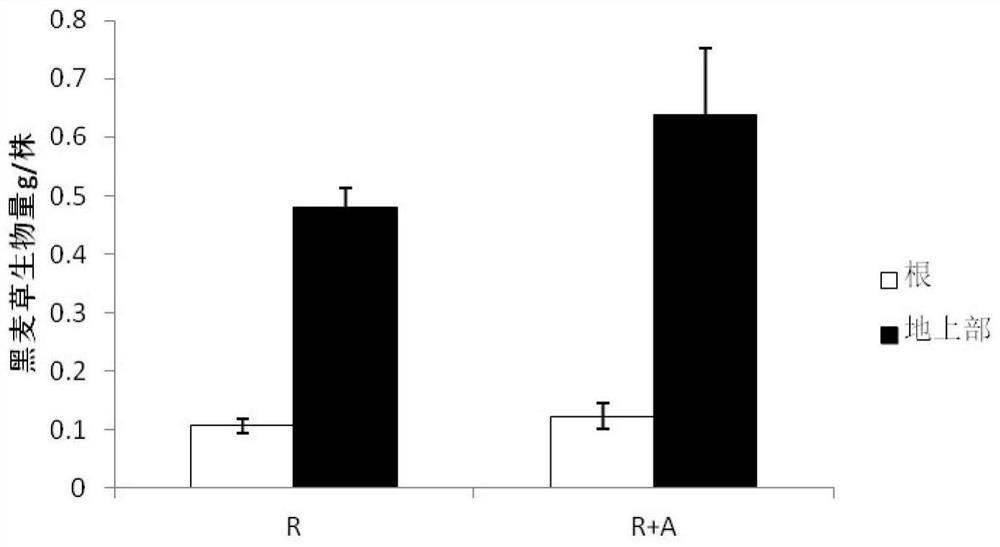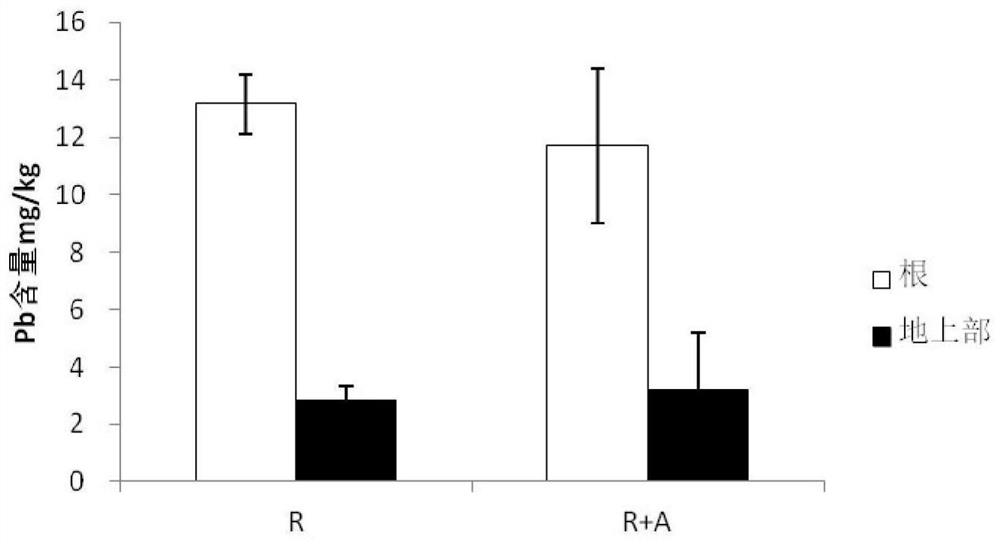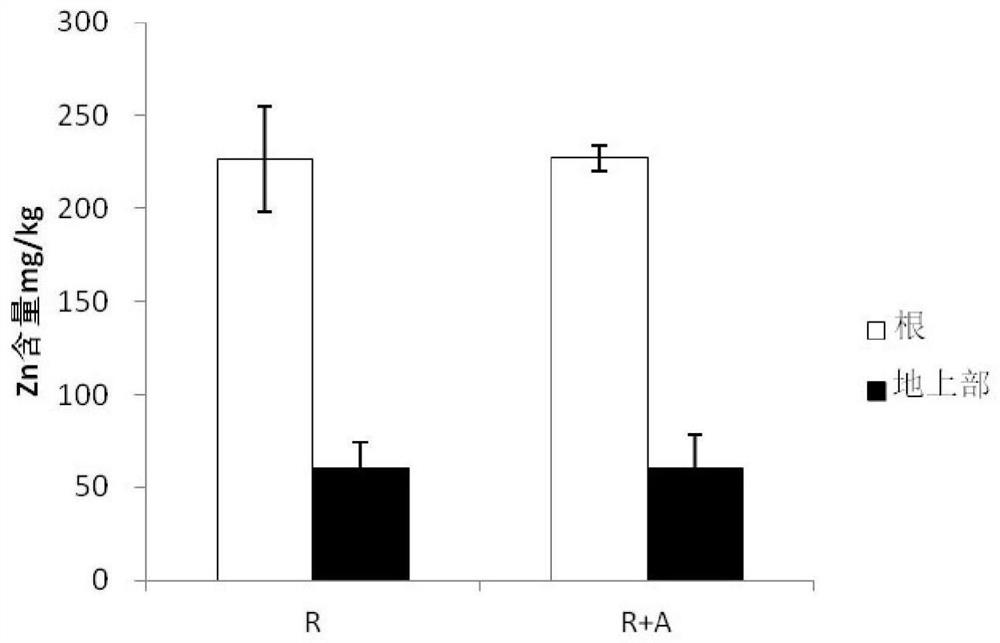Aspergillus flavus tl-f3 strengthens the method of ryegrass to remediate heavy metal polluted soil
A TL-F3, polluted soil technology, applied in the field of Aspergillus flavus TL-F3 strengthening ryegrass to repair heavy metal polluted soil, can solve the problems of long growth cycle, difficult to reach plants, small biomass and the like
- Summary
- Abstract
- Description
- Claims
- Application Information
AI Technical Summary
Problems solved by technology
Method used
Image
Examples
Embodiment 1
[0059] Embodiment 1 Aspergillus flavus TL-F3 strengthens the method of ryegrass repairing heavy metal polluted soil
[0060] 1. Experimental materials
[0061] Tetraploid extra-high annual ryegrass (Dongmu 70) was purchased from Jilin Province Kaiyuan Seed Industry Co., Ltd.
[0062] The strain is Aspergillus flavus TL-F3 with the preservation number CGMCC No.8146.
[0063] The soil was collected near a mining area in Tongling City, Anhui Province. The physical and chemical properties of the soil: pH value is 6.5, total nitrogen is 1.21g / kg, total phosphorus is 0.14g / kg, total potassium is 0.16g / kg, organic matter is 8.74g / kg kg, EC is 250.00mS / cm. The initial concentrations of heavy metals Pb(II), Zn(II), Cu(II) and Cd(II) in soil were 16.17, 171.74, 330.91 and 0.30 mg / kg, respectively.
[0064] Select an appropriate amount of A.flavus TL-F3 inclined plane and plate, add sterile normal saline (0.85% NaCl solution) to fully wash the spores, filter the washing solution with ...
Embodiment 2
[0098] Example 2 Aflavus TL-F3 resistance test to Pb(II) and Cd(II)
[0099] Experimental method: 1mL concentration is 10 7 -10 8 Spores / mL A.flavus TL-F3 spore liquid was added to the liquid medium containing different concentrations of Pb(II) and Cd(II) respectively, and cultured on a shaker at 30°C and 130r / min for 7 days. The concentrations of Pb(II) were 0, 50, 100, 250, 500, 700, 900 and 1000mg / L; the concentrations of Cd(II) were 0, 10, 20, 40, 80 and 100mg / L. Filter the mycelial balls obtained by cultivation, clean them with deionized water, dry them in a 60°C oven to constant weight, and weigh the growth of the bacteria according to the gravimetric method ( Figure 10 and Figure 11 ), the minimum inhibitory concentrations of Pb(II) and Cd(II) to the growth of A.flavus TL-F3 cells were determined to be 1000mg / L and 100mg / L, respectively.
[0100] Liquid medium for bacterial growth: glucose 20g, peptone 10g, NaCl 0.2g, CaCl 2 0.1g, KCl0.1g, K 2 HPO 4 0.5g, NaH...
PUM
 Login to View More
Login to View More Abstract
Description
Claims
Application Information
 Login to View More
Login to View More - R&D
- Intellectual Property
- Life Sciences
- Materials
- Tech Scout
- Unparalleled Data Quality
- Higher Quality Content
- 60% Fewer Hallucinations
Browse by: Latest US Patents, China's latest patents, Technical Efficacy Thesaurus, Application Domain, Technology Topic, Popular Technical Reports.
© 2025 PatSnap. All rights reserved.Legal|Privacy policy|Modern Slavery Act Transparency Statement|Sitemap|About US| Contact US: help@patsnap.com



